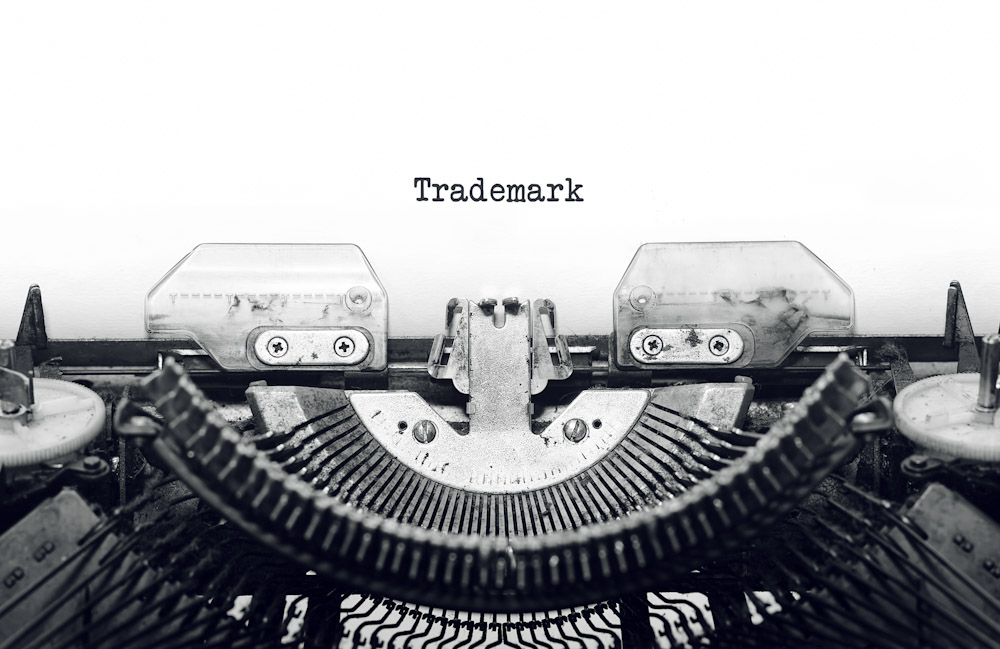There are a couple of approaches to trademarking your brand. Before you start pouring money into digital marketing or branded merchandise, make sure you know the ins and outs of branding basics.
You’re probably familiar with horror stories of small businesses being sued for using a brand name or logo which resembles that of another brand. In order to avoid losing time and money in a lawsuit, here’s what you should know about trademarking your brand.
How to Trademark a Brand
Before you get your heart set on a brand name or logo, be sure to complete due diligence. There’s nothing like settling on the perfect brand for yourself, only to discover it’s already in use. Imagine launching your digital marketing, creating logos and signage, only to have everything come to a halt.
How to Research a Trademark
The United States Patent and Trademark Office (USPTO) should be searched before establishing your brand. This federal database houses all registered trademarks in the U.S. so you’ll know what’s unavailable for your use. Keep in mind that you can use a name that already exists as long as it is not for a product or service similar to what you plan to offer. For example, let’s imagine you’re going to open a yoga studio called “Butterfly Wellness.” When you search the USPTO you find a trademark for a business already called “Butterfly Wellness,” but it is a butterfly biosphere exhibit people can visit. Since you will be offering something unrelated to real butterflies in an exhibit, you may be able to trademark “Butterfly Wellness” for your yoga studio without conflict.
Can I Use a Brand Before Registering It?
Gravitate One doesn’t recommend using a brand before registering the trademark. It can be risky to establish your brand and move forward with it publicly without registering it. However, it is possible to have some common-law protection in your city or state without a trademark. The use of a brand name in the commercial market does automatically get common-law rights, but it is for a limited area. Your protection may not extend outside your county, let alone your state.
If you’re worried about the time it takes to register your trademark before introducing products or services to the public, here’s a tip.
With “intent to use,” you can start the filing process for future use of a trademark. Typically, it is required that a trademark is in use before you can acquire trademark rights and protection. “Intent to use” offers a workaround, letting the USPTO know you will be using the brand name in the very near future. Until the federal filing process is complete, the “intent to use” filing offers some protection under the Notice of Allowance.
It’s helpful to start the filing early, even if you still need time to get your business officially started and open to consumers. You’ll have six months to start using the brand after filing “intent to use,” and can request extensions for a limited period if need be. If you miss deadlines for federal filing or requesting an extension, your application can be dropped and you’ll have to start the whole process over.
The sooner you can file for federal trademark rights, the better. Digital marketing may not be a huge expense if you have to rebrand but think about all the other places you have used, or want to use, your brand name and logo. The cost to make those changes will quickly add up if your brand is challenged by someone who registered the trademark before you.
